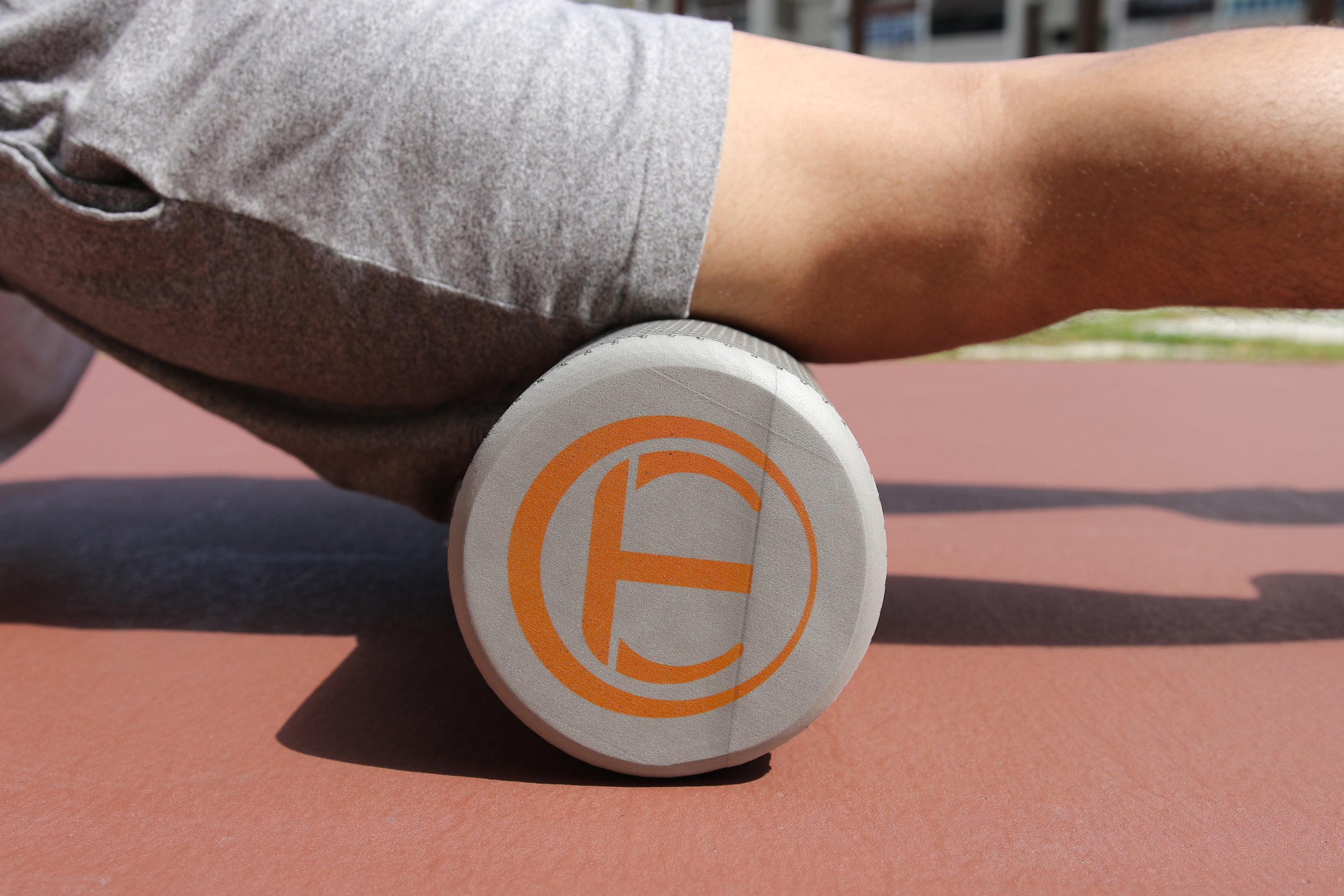Many of you may have heard of foam rolling. A friend, personal trainer, physical therapist, or some random person at the gym could have said something that sparked your interest. But before you jump in and start rolling your body around on a foam roll, how about we decide why and how to do it?
What is foam rolling
Foam rolling is a form of self-massage that is quickly becoming popular for use in situations with pain or injuries. Using a foam roller, some people believe you can reduce the tension and pain in different areas of your body. While this may be true, there are several other ways to change the sensation of pain. For example, simply rubbing the skin over an injury can change the amount of pain you feel. However, in order to actually massage the muscles there must be a low load force that is repeated or held for a period of time. Unfortunately, most people using a foam roller tend to roll too quickly over the skin and may be changing only the sensation of pain, but not actually getting down into the muscles.
How should I use a foam roller?
Foam rolling is not as easy as it sounds. You have to be able to hold weird positions and move your body slowly over tender points in order to get the most out of the process. Also, you have to be able to hold the pressure just enough to relieve the soreness while not making yourself more sore! Some good guidelines for foam rolling are:
- Only use the roll for a few minutes at first, in positions you can easily hold without any strain.
- Move slowly, about an inch each second.
- When you find a tender spot either hold the pressure on it or rock slowly back and forth over the tender point until the tenderness is relieved, usually for 30-60 seconds.
- Make sure you are rolling over parts of your body where bone protects any of your organs. Rolling your stomach or sides over a roll can possibly damage your internal organs. Don’t do it!
- Just like using over the counter medications, make sure that you don’t substitute the short term pain relief you get from foam rolling for visits to your doctor or physical therapist.
Keeping these guidelines in mind, and starting slowly, you will be able to safely add foam rolling into your exercise routine!
Disclaimer:
Any views or opinions represented in this blog are personal and belong solely to the blog owner and do not represent those of Momentum Physical Therapy and Sports Rehab.





